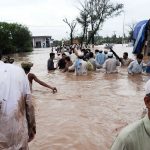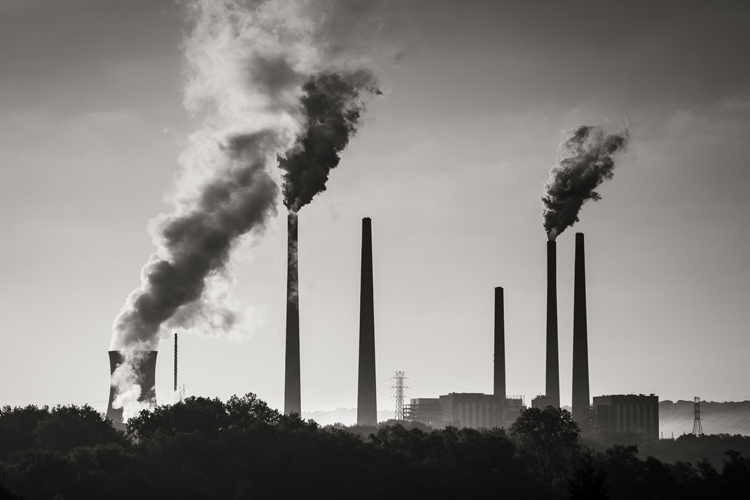Eco-anxiety—or climate anxiety—is a growing reality for many: a deep, persistent worry about the planet’s future. But rather than being immobilized by despair, you can transform it. By tapping into creativity, community, and purposeful action, eco-anxiety can become a pathway to meaningful engagement and emotional resilience.
What Is Eco-Anxiety—and Why It Matters
Eco-anxiety refers to the chronic fear or worry about environmental collapse and global warming. It’s not a mental disorder—it’s a natural and rational response to the current climate crisis.
Studies confirm widespread emotional effects—especially among young people—such as fear, grief, and helplessness that can affect concentration and sleep. But these feelings also signal deep empathy and alert us to real global threats.
Why Creativity Helps Heal
Artistic and creative expression aren’t just distractions—they’re powerful emotional tools. Research shows that creative activities like art, writing, or music:
- Help process grief and anxiety
- Build emotional resilience and self-worth
- Provide meaning and purpose in difficult times.
Another study highlights how creative arts empower children to channel eco‑anxiety into exploration, reflection, and collective action. Turning fear into expression transforms emotions into something tangible, emotional, and hopeful.
How to Channel Eco‑Anxiety Creatively
1. Start with Personal Expression
Use journaling, drawing, painting, music or poetry to express your eco-emotions. You don’t need to be an artist—imperfect honesty counts.
2. Create Eco-Art with a Purpose
Join projects that combine artistry with environmental impact—like recycled-material sculptures, public installations, or visual stories highlighting local nature.
3. Engage in Storytelling & Dialogue
Share eco-stories in your community—through zines, spoken word, local exhibitions, and workshops. This builds connection and helps normalize climate emotions.
4. Collaborate in Creative Collectives
Join or start eco-art movements that involve artists, scientists, and activists. Community creative work amplifies impact and fosters collective care.
5. Integrate Indigenous & Nature‑Based Methods
Consider land-based art, ecological storytelling, or indigenous rituals. These practices foster ecological empathy and reconnection with nature.
Strategies for Emotional Balance
Channeling emotions creatively is vital—but so is self-care. Experts emphasize:
- Acknowledge feelings—see anxiety not as weakness, but as caring.
- Set limits—balance media exposure to avoid overwhelm.
- Combine internal and external activism—integrate emotional processing with meaningful action.
- Lean on community—shared creative expression builds resilience.
From Anxiety to Action: Real‑World Examples
- A youth-led digital zine filled with climate art, poetry, and stories gave voice to eco-anxiety and fostered solidarity.
- Classroom art workshops help children explore eco‑grief through drawing, discussion, and collective projects.
- Public eco-art exhibitions and hands-on workshops blend emotional healing with environmental education.
Turning the Pressure into Power
Eco-anxiety doesn’t have to lead to despair—it can ignite change. When you:
- Express what worries you
- Connect with others who care
- Create with intention
- Act in ways that matter
You reclaim your emotional agency and your impact.
Creativity becomes your compass—guiding you through the discomfort of climate concern toward renewed purpose, connection, and hope.
In summary: eco-anxiety is valid—and you can choose to process it, not suppress it. Pick up a paintbrush, write a poem, build community projects. By channeling fear into creative expression, you transform anxiety into care, grief into action—and yourself, into part of the solution.











